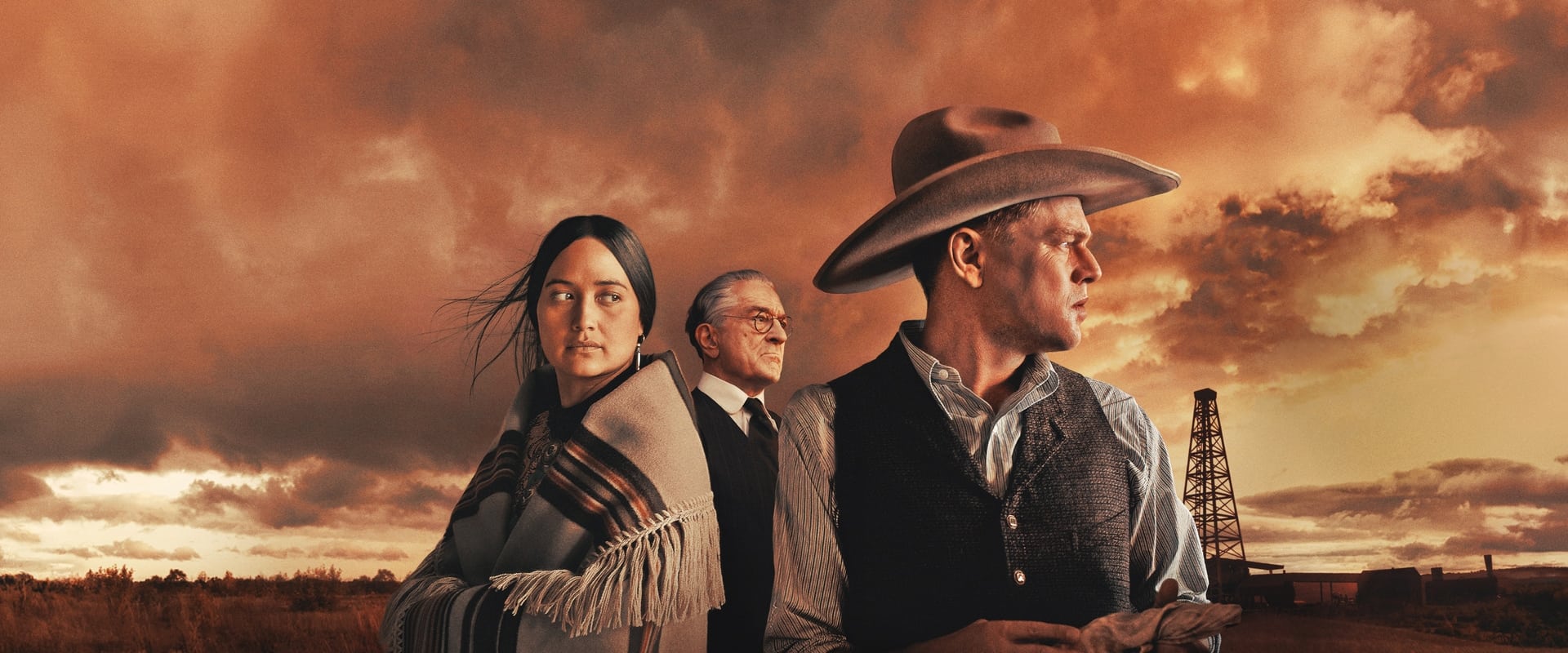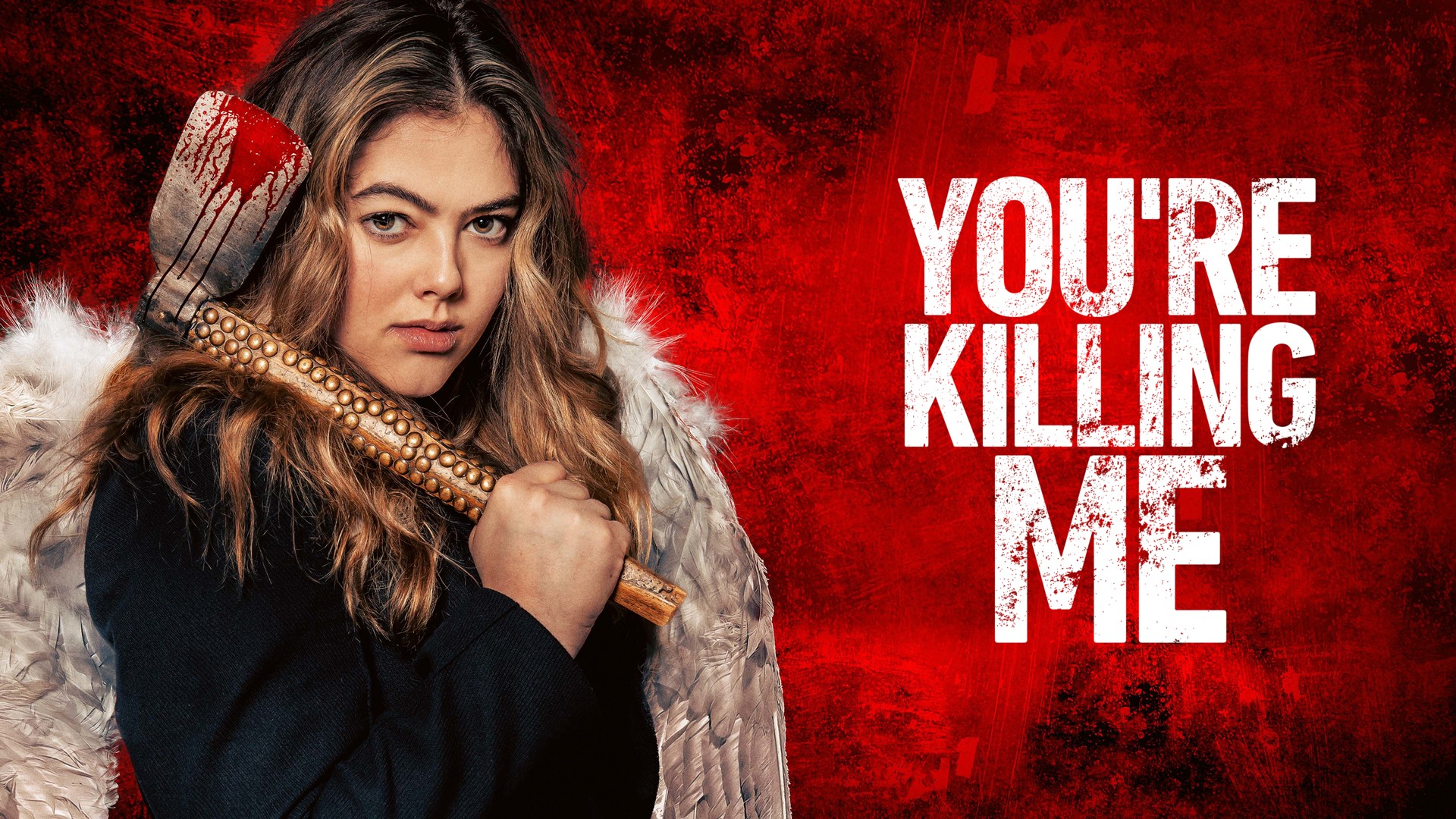Is it possible, even now, for an old master to turn the American epic inside out and force us, blinking, into the full view of our own historical obscenities? With “Killers of the Flower Moon,” Martin Scorsese—half a century after Mean Streets, still careening down the byways of national guilt—gives us a film that arrives not like a gift, but as a reckoning. Even coming in at a prodigious three-and-a-half hours, the movie—anchored by Scorsese’s sure hand, thrilling, raw-silk visuals, and a cast so fine-tuned they seem to bleed right off the screen—never feels like indulgence. It’s a sustained, merciless symphony of American sin.
I came to this film with hunger, expecting much and, still, I was unprepared for the sheer sweep and gravity of the experience. The curtain rises on sacred Osage ritual and the promise of oil—a promise that turns to curse in the hands of men who believe “progress” means bloodshed by proxy. In place of the swaggering cowboy, Scorsese gives us the silent wail of a nation: ceremonies undercut by violence, love affairs decaying under the sulfurous weight of betrayal.
The story, it must be said, is as tangled—and as necessary—as any to reach American screens in decades. Ernest Burkhart (Leonardo DiCaprio, never more haunted), newly arrived, falls for Mollie Kyle (the radiant Lily Gladstone), and that romance should, by laws of both Hollywood and hope, be salvation. But Scorsese is too honest to allow it. Instead, he gives us the darkest kind of anti-romance: love as complicity, marriage as an arm of genocide. The film’s length is not a labor but a requirement; every measured hour immerses us in the rot behind the oil money and the farce of justice in a land where murder flows easier than water.
After an hour—and the film marks its hours like stations on a desperate pilgrimage—the poisoning seeps into the Osage bloodline. The slaughter is inexorable, each murder sketched with a cold certainty that makes you want to both flinch and stare, the way Americans are always compelled to do at their own carnage. Scorsese, undiminished at eighty, orchestrates this with composure, never stooping to shock but painting horror into the everyday—the quiet poison in a glass, the casual decision to obliterate one more name from the tribal rolls.
What casts the gravest spell is the cast itself. Scorsese’s actors are always his secret weapon—here, no one breaks the spell. DiCaprio’s Ernest is a shame-drenched cipher, torn so nakedly between self-preservation and the ghost of love he holds for Mollie that he almost seems to retreat from his own bones. But Lily Gladstone—oh, here is a face the camera loves: all contained fire, silent intelligence, and, when the mask slips, an agony that is so pure you want to look away. Watch her in the flickering light, or as her body quietly folds in sorrow: she is as central to this film as the land itself. Gladstone is Scorsese’s hush in a world that will not stop screaming.
De Niro’s King Hale—seemingly benevolent, the embodiment of white “kindness” that is always another form of colonial greed—gives us villainy without the baroque manners; his venom is so smooth you almost want to thank him for it. Around them, Jesse Plemons as the dogged investigator, Tantoo Cardinal as the quietly grieving matriarch—Scorsese has, as always, made actors out of everyone. There are no bit players here, there are only necessary souls.
And what of the direction? Scorsese, refusing to be seduced by the grandeur of Westerns or the tawdry speed of pulp, crafts his film like a slowly building fever dream. The camera glides—sometimes literally, as in the justly stunning mirror shot at the 44-minute mark—coiling around his characters’ betrayals the way guilt coils around the very bedrock of the story. The Oklahoma landscape, luscious and brutal, is both grave and Eden. It’s a world reflected in glass, caught in the space between civilizations: beautiful, mournful, and, always, about to break.
What astonished me—perhaps most of all—was the film’s willingness to confront the abyss. The screenplay, written with Eric Roth, is a marvel of period detail and emotional restraint, giving us dialogue that lands less as speech than the weight of unspeakable knowledge. When Gladstone’s Mollie confronts her realities—when two lovers talk as the world collapses outside their door—the words are buried in thunder. Here, Scorsese resists easy catharsis. He gives us wounds without ointment.
Perhaps the film’s only stumble is an understandable one: after three hours of mounting tension, the denouement feels a shade less taut, the momentum diffused in a necessary winding down. Yet even as the scenes decelerate, the resonance remains. The length is never empty—there is barely a surplus gesture or a wasted look.
Where GoodFellas was a pop-aria of destruction, “Killers of the Flower Moon” feels like funeral music for a country that never learned how to mourn. It is Western, crime drama, and requiem—without nostalgia, without redemption, and with a refusal to glamourize the bloodletting that built modern America. The score is a low moan, half lament, half memory. Scorsese’s gaze never excuses; he insists we bear witness, even as the world outside the theater might try to forget again.
Yes, the film is an indictment. But it is also an act of witness—one that fills the screen with the splendor and anguish of the Osage, and, in so doing, gives them a place in the American myth that cannot be erased. If you look for comparisons—The Revenant, 12 Years a Slave, No Country for Old Men—you’ll find them pale beside the specificity and sorrow that Scorsese conjures here.
What you get, finally, is an American epic for our age of reckoning: steeped in sorrow, glowing with artistry, unwilling to look away from the violence at the country’s core. “Killers of the Flower Moon” is a triumph, yes. But it’s also a wound—a wound laid bare, and, for once, remembered.


